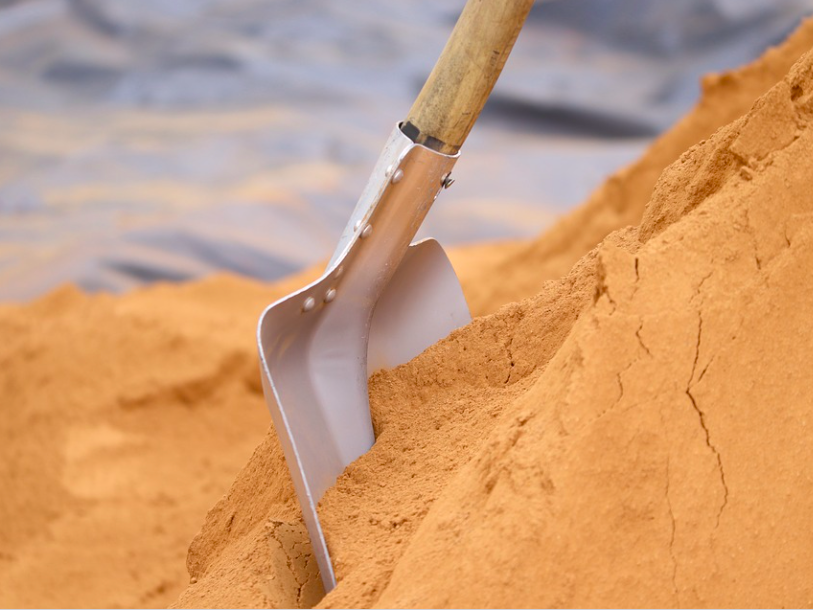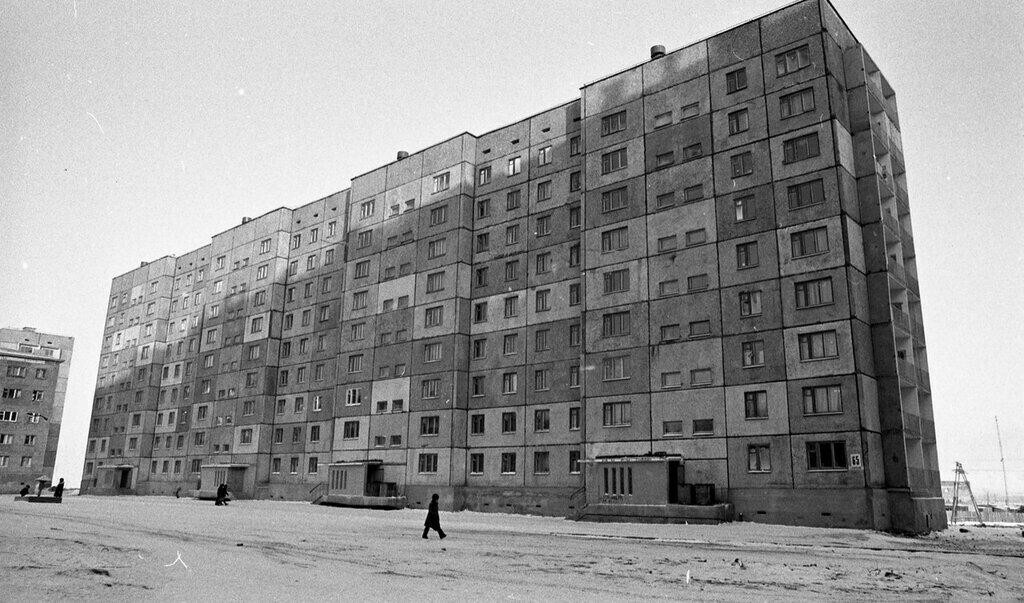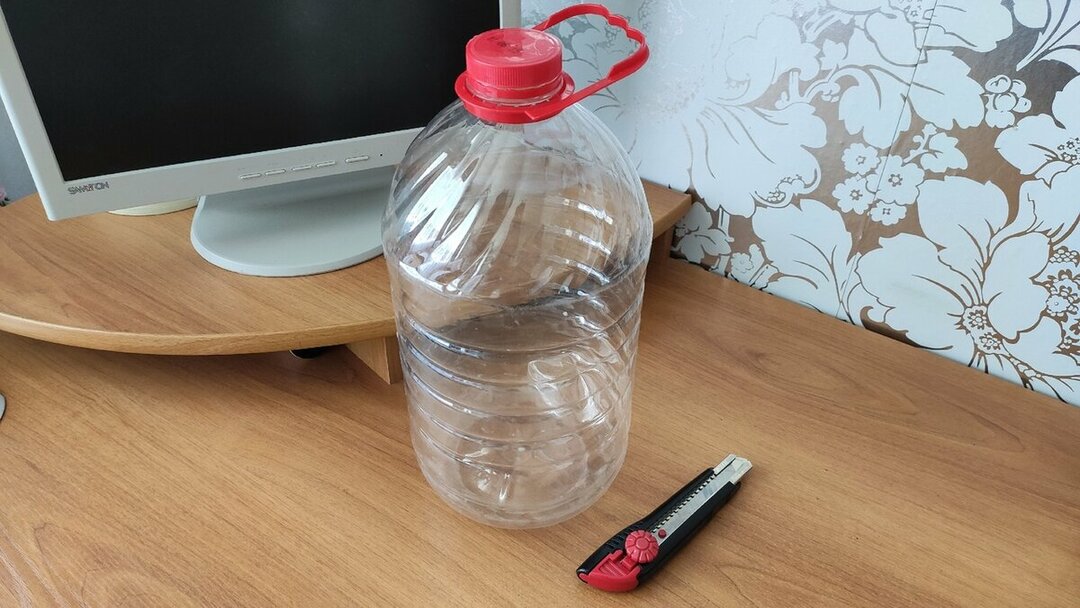
Sandblasting machine - This is a device for cleaning surfaces from paint, rust, scale and dirt by exposing the surface to a directed spray of abrasive. The sandblaster atomizes fine granules of a substance at high pressure and speed. Particles of the sprayed material - abrasive - hit the surface so hard that they beat off the surface layer from it. Such a layer can be dried dirt, rust, scale or just paint. Previously, only sand was used in sandblasting devices, which is why they were called sandblasting. But in fact, the number of abrasives for sandblasting is much greater. The speed and quality of surface cleaning depends on the material and the size of its granules.
In this article, we will figure out what types of abrasive are, which sandblasting abrasive is better, the characteristics of the types of sandblasting abrasive, whether the size or grain size of the abrasive particles is important.
The content of the article
- Types of abrasive for sandblasting
- Characteristics of abrasive types
- Are abrasive particle size and grit important?
Types of abrasive for sandblasting
In total, there are 7 main types of abrasive for sandblasting:
- Sand.
- Slag (nickel and copper).
- Shot made of plastic.
- Glass shot.
- Garnet.
- Alund.
- Metal shot.
Let's take them in turn:
- Sand. As mentioned, for a long time sand was used as the only abrasive material. Quartz sand is the most popular and cheapest material for sandblasting. When using sand as an abrasive, additional protection is required - a gas mask and overalls. When sand grains hit the surface, they are destroyed - broken into even smaller particles. This dust settles in the air and can enter the lungs, harming the user. Because of this, some countries have banned the use of quartz sand in sandblasters. Sand as an abrasive is most effective when cleaning stone and concrete surfaces.

- abrasive slag. It is made from slag of copper, nickel or their alloys. The result is a powder with fine granules, which is used in classic open sandblasting. Abrasive slag granules clean the surface of rust and paint better than sand. This is due to their increased hardness. And because of the relatively high mass, powdered slag forms a small amount of dust that does not settle in the air. Abrasive slag can be reused. The reuse of abrasive material is called recovery.
- Shot from plastic. Plastic is turned into powder with soft granules. Such material is used for delicate work - cleaning thin sheets of soft metals, plastic, surfaces made of glass, wood, ceramics and other materials. Often plastic shot is used to clean the car body or remove powder coatings from it. Plastic abrasive material is environmentally friendly. The cost of such a shot is high, and besides, it will not be possible to reuse it.
- Granular glass. Glass is broken into very small pieces. These granules are mainly used in industry, in production. They cover the glass, making it matte, carry out the finishing treatment of surfaces, process high-precision glass elements - lenses. Abrasive glass is used in the processing of glass in mechanical engineering. It does not pollute the environment.
- pomegranate sand. Also known as a garnet. Specially formulated mineral powder. Differs in the high hardness and mass of granules, a possibility of a repeated use. When using a garnet in sandblasting, dust is generated. Garnet is produced abroad, the average cost of this material is 45 rubles per kilogram.
- Alund. Alund or corundum is an aluminum oxide powder. Its granules are characterized by high hardness and increased mass. Electrocorundum can be reused. Electrocorundum has a high cleaning cost.
- metal shot. Most often it is made of steel or cast iron. Small fraction of various shapes. It is used for sandblasting surfaces of high and medium hardness. Granules of metal shot come in different sizes, the efficiency and speed of cleaning with this abrasive depends on it. Small metal shot is used to clean thin layers or soft surfaces, large - vice versa.
Characteristics of abrasive types
In the table below, we compare all seven sandblasting abrasives for you.
| Sand | Slag | plastic shot | abrasive glass | pomegranate sand | Alund/corundum | metal shot | |
| Dust in use | Produced in large quantities | Formed | Minimum | small education | small education | small education | Not formed |
| Pure quartz content | Up to a percentage | Up to a percentage | Contains no quartz | High (more than a percent) | Up to a percentage | Contains no quartz | Contains no quartz |
| hard/brittle material | Unsteady, brittle | hard, brittle | Non-hard, non-brittle | Medium hardness and brittleness | Medium hardness and brittleness | Increased hardness, non-brittle | Increased hardness, non-brittle |
| Reuse (recovery) | No | Yes, up to three times | Yes, up to 10 times | Yes, up to 30 times (depending on glass type) | Yes, up to 6 times | Yes, up to 6 times | Yes, cast iron up to 12 times, steel up to 100 (depending on steel) |
| How much is spent per square meter | ±90 kilograms | ±45 kilograms | 5 kilograms | 7 kilograms | From 0.5 (steel), up to 7 kilograms (cast iron) | ||
| Material price | 2-5 rubles/kg | 2-7 rubles/kg | 5-10 rubles/kg | 100 rubles/kg | 45 rubles/kg | 150-200 rubles/kg | 100-150 rubles/kg |
| Terms of Use | Closed room with dust suppression or outdoor cleaning | Outdoor cleaning | Specialized equipment with chambers, ventilation or dustless sandblasting | Specialized equipment with chambers, ventilation or dustless sandblasting | Specialized equipment with chambers, ventilation or dustless sandblasting | Specialized equipment with chambers, ventilation or dustless sandblasting | Specialized equipment with chambers, ventilation or dustless sandblasting |
| What is used for | Surface Primary Cleaning | Surface Primary Cleaning | Removing paint, removing bumps from soft surfaces | Finishing, removing the top layer | Surface Primary Cleaning | Removal of a dense top layer | Strengthening the material, finishing, cleaning |
Are abrasive particle size and grit important?
Yes, they are. The different size and grain size of the granules affect the efficiency, speed of surface treatment, relief and texture. The larger the abrasive granules, the deeper they penetrate the layer. Sizes of granules of abrasive materials:
- Large.
- Medium.
- Small.
They can be compared with brushes when drawing - large brushes are inconvenient to paint over small areas, you can accidentally spoil the picture. Large granules will beat off the layer, but they can damage the material itself, so they are used to clean hard surfaces - metals, steel, concrete. Small granules will not be able to beat off several layers of paint due to their size - they do not go deep. Fine granules are used to remove a thin top layer of materials of medium hardness.


